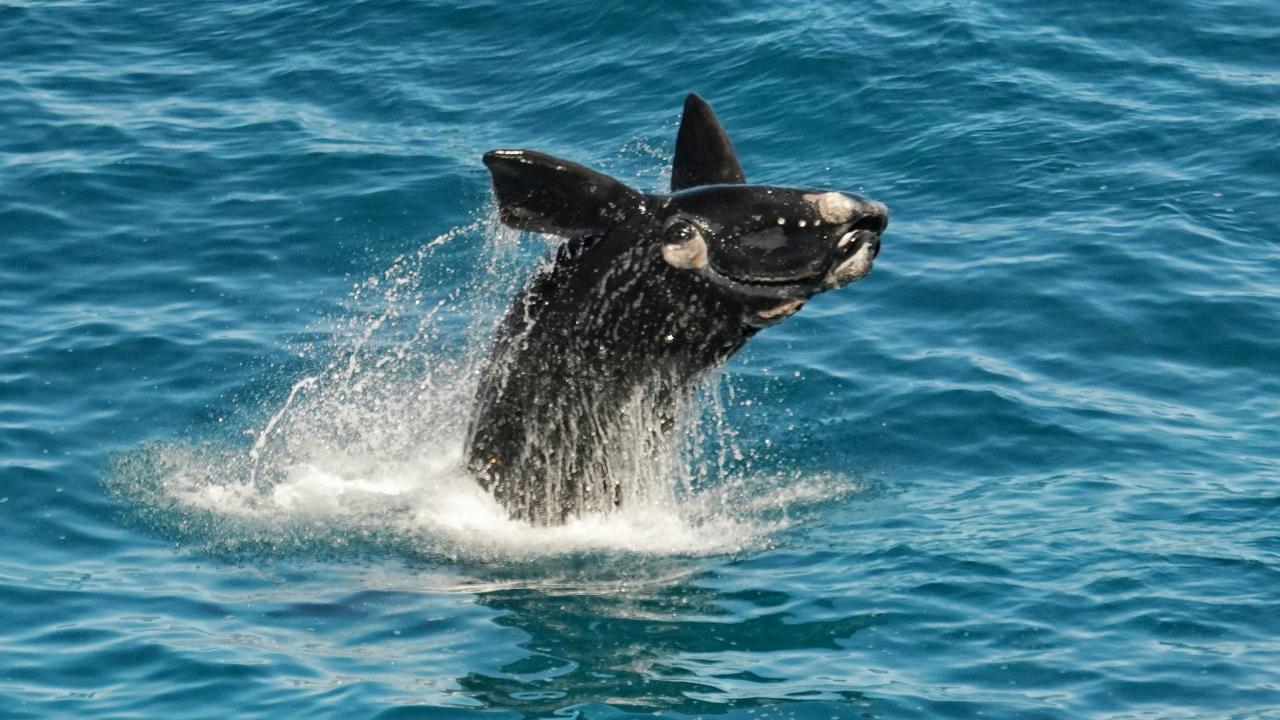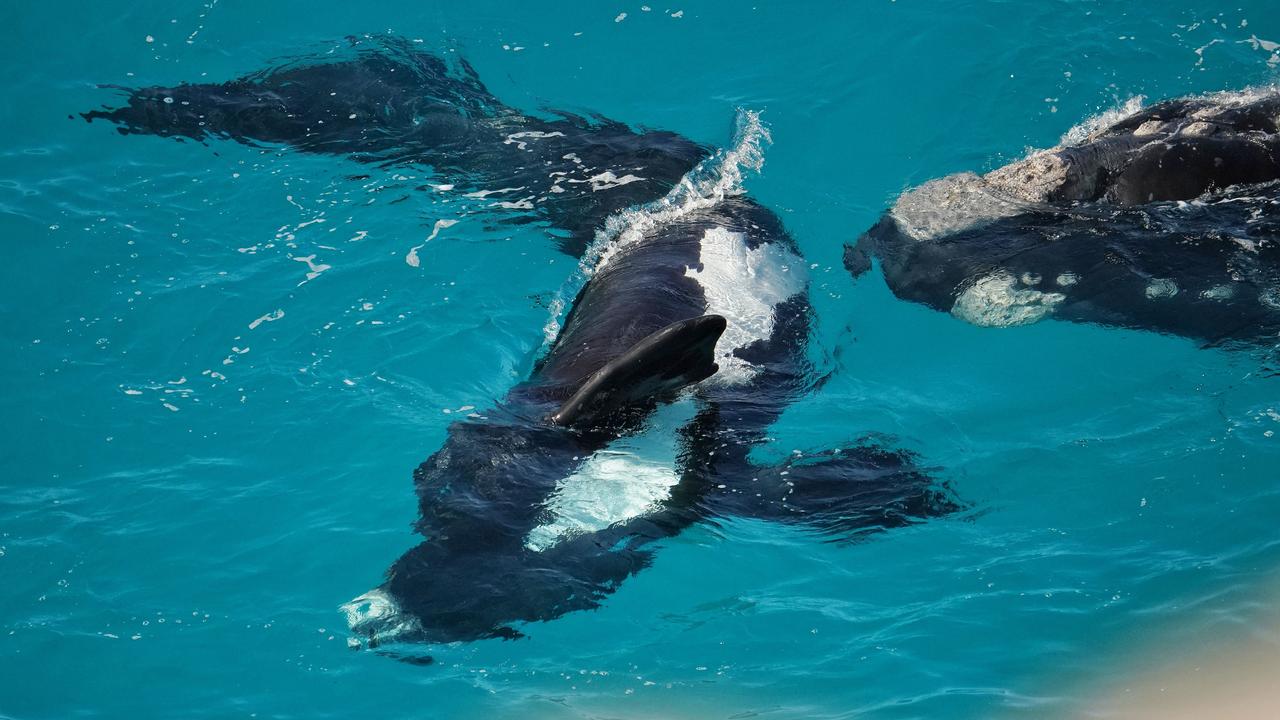
Scientists are hailing this year's whale migration season as a "beacon of light" for marine ecology and conservation in South Australia as the state grapples with a devastating algae bloom.
Researchers at Flinders University are anticipating a bumper year for whale watching with record early sightings already reported at multiple locations.
It followers recent years of slower growth, Australian Right Whale Research Program chief scientist Claire Charlton said.
"This week we recorded almost 200 whales across South Australia, with 70 females and calves at Head of Bight, nine females and calves at Fowlers Bay and four females with calves at Encounter Bay," Dr Charlton said.
"These are record numbers observed since 2016."
It has been 35 years since scientists began the annual southern right whale research in the Great Australian Bight.
The whales occupy the southern coasts of Australia between May and October during critical life stages for calving, nursing, mating and migrating.
This year's whale season comes amid a devastating algal bloom that has killed tens of thousands of marine animals since it was identified off the Fleurieu Peninsula in March, and has since spread along some of SA's coastline.
While researchers were celebrating the increasing numbers of whales in the area, Flinders PhD candidate Bridgette O'Shannessy said there was also caution.
"The overall population growth rate has slowed, and calving success has declined over the past decade," she said.

Aerial survey data from 1976 to 2024 indicates the population size currently ranges between 2,346 and 3,940 individuals which is 16 to 26 per cent of pre-whaling levels.
The data also showed declines in calf abundance since 2017 from a peak of 222 in 2016 to 200 in 2024.
The Great Australian Bight Marine Park was established in 1995, created largely due to groundbreaking research identifying the Head of Bight as a critical nursery area for these endangered whales.
"Often considered a flagship species for successful conservation management, we are starting to see some long-term reduction in reproductive success and growth," Ms O'Shannessy said.
"Our data shows rapid recolonisation at Fowlers Bay, one of the fastest growth rates for southern right whales anywhere in the world.
"This demonstrates the power of marine protected areas, but also the need for ongoing threat mitigation for the Australian population."







